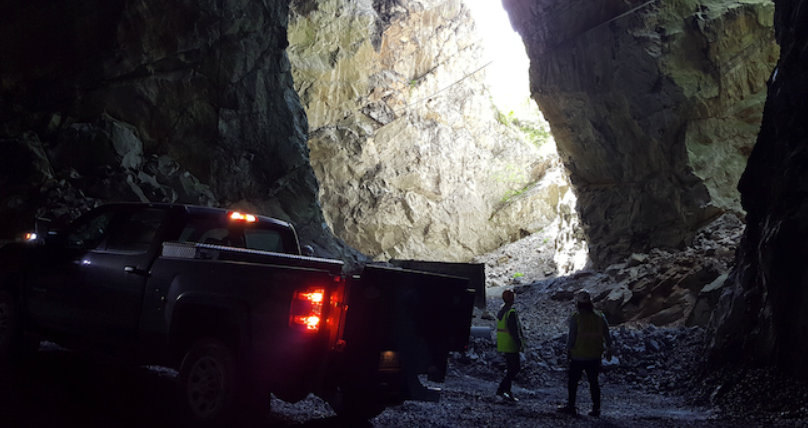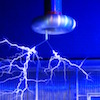Friday Flyer - April 26, 2019

Spotlight on the Virginia Tech QuarkNet Center
Virginia Tech (the Virginia Polytechnic Institute and University) continues as a strong QuarkNet center close to the Blue Ridge Mountains. Last summer, Rebecca Jaronski and Rob Culbertson organized a summer workshop built around teachers adapting and creating activities for their classrooms. As Camillo Mariani put it, "This year’s workshop included an intentional focus on the 'development' component of professional development." The teachers also learned about accelerator physics and Belle II. Virginia Tech has an underground laboratory at Kimballton Mine, about 25 miles from the main campus in Blacksburg. A highlight was a visit to the mine, where Tech has a neutrino experiment. Teachers learned about subsurface nuclear materials testing.


News from QuarkNet Central
If you are a cosmic ray detector user, you may have noticed a glitch in the GPS. This was due to a reset in the GPS system, which caused our QuarkNet GPS units to revert to rather earlier dates. As a temporary measure, it is possible to use a text editor or a computer script to replace the "bad" dates in your files with current dates before you try to upload them to the Cosmic Ray e-Lab. A more permanent fix is also available: follow these instructions. Alternatively, you can ship your GPS card in its beige box back to Dave Hoppert at Fermilab for a fix there. (Details are in the same instruction set.) Need help? Go the the e-Lab and choose the life ring at the upper right for a help form. There is no truth to the rumor that this glitch was preceded by a computer voice saying, "Dave, there seems to be a problem with the AE-35 unit."
Applications are just about closed for QuarkNet Data Camp, to be held at Fermilab, July 14–19. Data Camp is our national flagship workshop, and if you have not gone yet, you should throw your hat in the ring. Data Camp participants are nominated by mentors (1–2 per center), so, if you are interested, let your mentor know. Learn more from the Data Camp flyer.

Physics Experiment Roundup
What is rarer than a rare steak in France or a snow day in Dade County? How about the decay of a Xenon-124 nucleus, with a half-life a cool trillion times the age of the universe? Yet, Interactions reports that physicists at Gran Sasso have observed Xe-124 decay as a sort of by-product of their dark matter search.
As you know, superconductors are at the heart of contemporary high-energy physics experiments. Here, from Fermilab, is a video on how superconductors are prepared.

Resources
We have a lot from symmetry this week with articles on the particle data book (still a staple), the importance of falsifiability in science, and the vital roles of non-physicists in physics research. In the Particle Fever department, symmetry also takes us inside documenting the Higgs discovery while theorist Nima Arkani-Hamed gives a stirring lecture titled "What's the point of doing fundamanental research?" (The good stuff starts at minute 36 of the video!)

Just for Fun
One more entry from symmetry (do they sleep?) on the day the MiniBooNE experiment met miniboone the band. And there is no reason to include this video. But we did.
QuarkNet Staff:
Mark Adams: adams@fnal.gov
Ken Cecire: kcecire@nd.edu
Shane Wood: swood5@nd.edu
